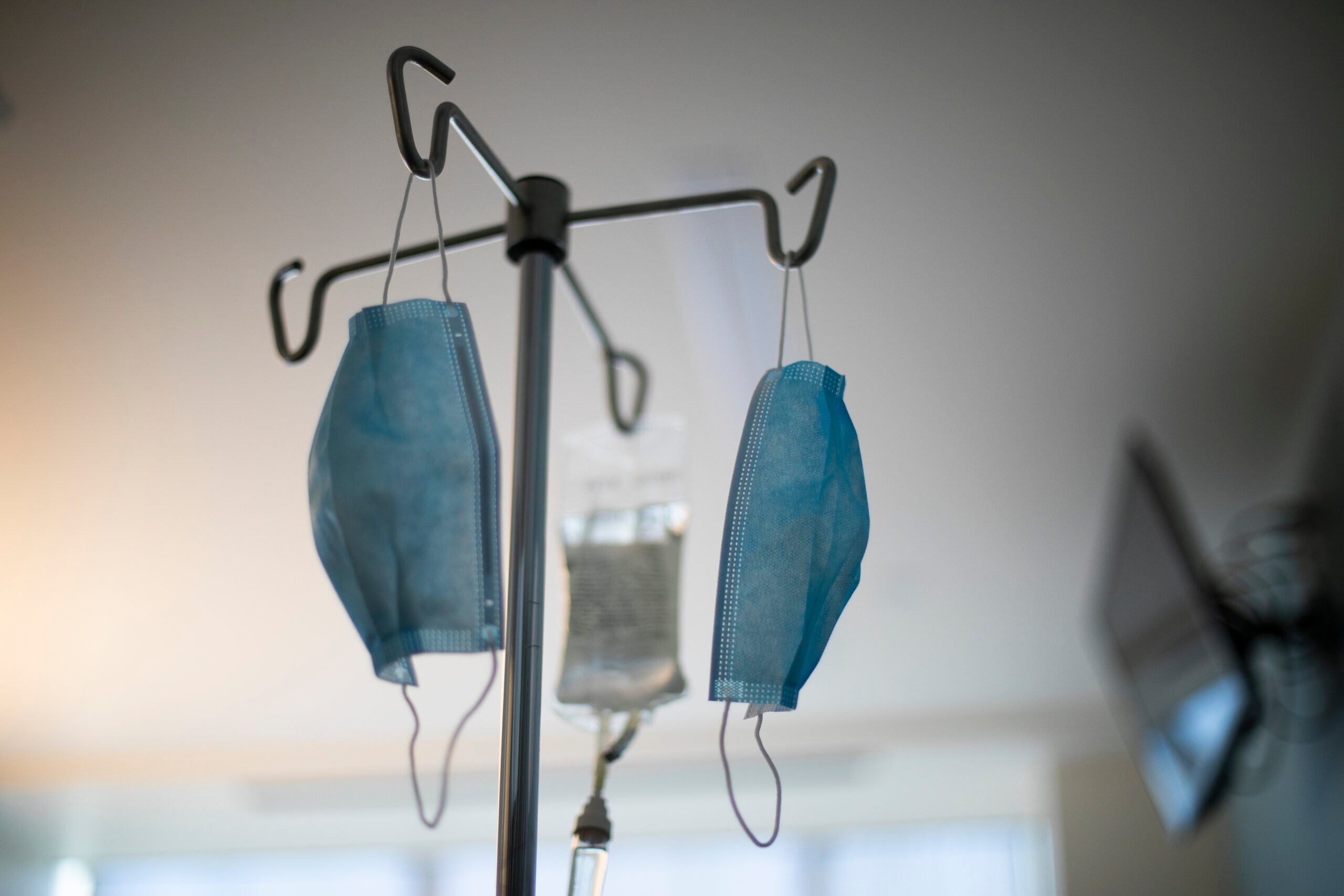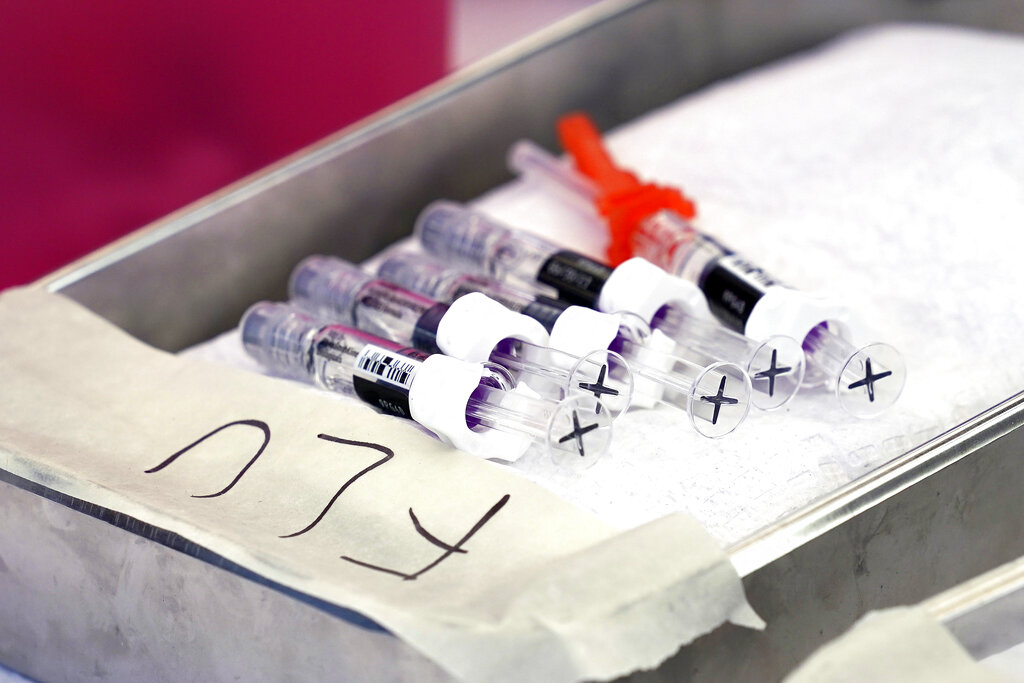A study by Froedtert Hospital and the Medical College of Wisconsin found COVID-19 patients who used an online patient monitoring portal had a 32 percent lower rate of hospitalization than those who did not.
Between March and December 2020, 5,363 patients diagnosed with COVID-19 logged on to a remote patient monitoring program via their computers or a mobile phone app.
Dr. Bradley Crotty, chief digital engagement officer at the hospital and medical college, said those patients were given pulse oximeters and answered a daily list of questions about symptoms over a two-week period. Crotty said the system was automated to flag low blood oxygen readings or symptoms like shortness of breath.
Stay informed on the latest news
Sign up for WPR’s email newsletter.
“About 1 in 6 people had some type of alert,” said Crotty. “Then our nurses would follow up with them so patients could integrate fairly easily into their day without having to schedule around it. But it enabled them to really stay in a constant type of connection with our clinical team.”
The study, published in The Journal of the American Medical Association Network Open, found those who used the portal had a 32 percent lower rate of hospitalization, on average, than other COVID-19 patients. Portal users that did require hospitalization were discharged from hospitals 2.7 days sooner, on average.
Crotty said researchers initially wondered whether the automated monitoring portal would help doctors find sicker patients more quickly.
“But really, we were surprised that patients who were engaged with the program and coached by the nursing team…were able to reduce their chances of being hospitalized,” said Crotty.
The technology was a force multiplier for the health system, Crotty said. He said three nurses were able to monitor between 2,500 and nearly 4,000 patients at one time.
“And we just wouldn’t be able to really be in touch with that many people, at that scale, without the technology,” said Crotty.
Researchers were also surprised to see that older people were using the portal more than their younger counterparts. He said research over the last 20 years has shown a “digital divide” can lead to older users not engaging with online patient services.
Crotty said Froedtert and the Medical College of Wisconsin network will work to make the portal more user-friendly. He said part of the technical challenge also lies with slow or nonexistent high speed internet access in parts of Wisconsin.
“We still need to invest in having good internet signals for people to engage for their health care because this is where the internet and connectivity is a utility that’s really important for people’s health,” Crotty said.
Studies published by the Mayo Clinic Health System also found remote patient monitoring portals to treat COVID-19 patients was associated with a low mortality rate. For cancer patients who contracted COVID-19, Mayo found there was a 78 percent reduction in hospitalization risks.
Wisconsin Public Radio, © Copyright 2024, Board of Regents of the University of Wisconsin System and Wisconsin Educational Communications Board.






